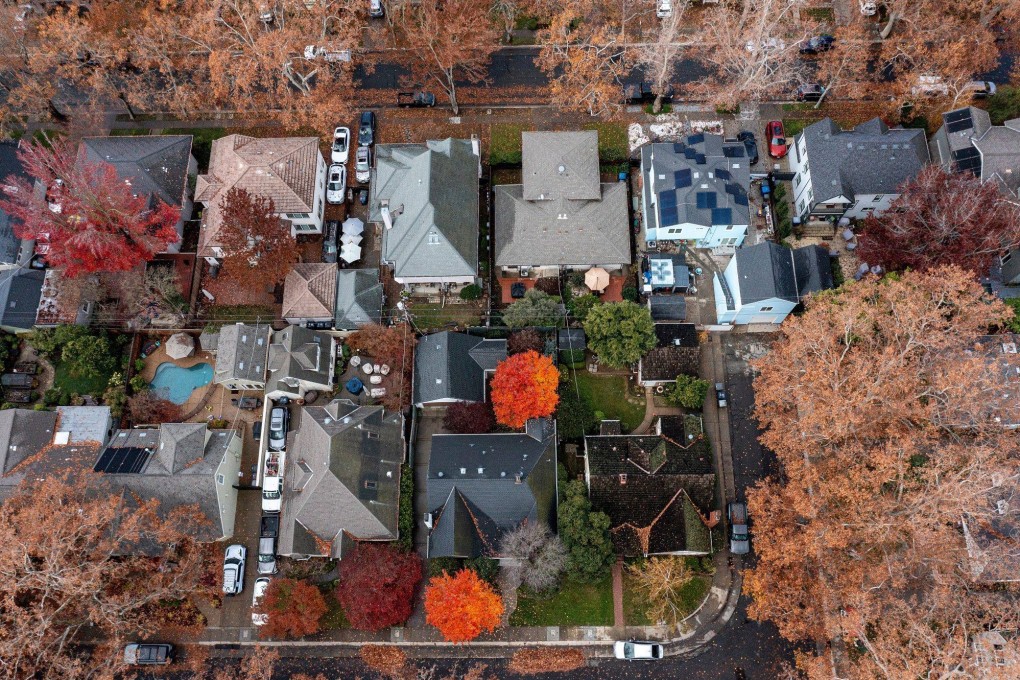Advertisement
Macroscope | US housing market shows signs of a recession, but it won’t be a repeat of 2008
- High mortgage rates have led to a drop in house sales – but it won’t lead to anything like the subprime meltdown of the 2000s
- On the upside, the drop in demand for housing could bring down prices, easing inflation
Reading Time:3 minutes
Why you can trust SCMP

Amid growing concerns about a potential US recession, housing market activity in the country – typically a reliable predictor of economic cycles and a precursor to recessions – has started to show growing signs of weakness.
Advertisement
Housing sales and home starts fell 13 per cent and 4 per cent in October, bringing the year-to-date decline to 28 per cent and 19 per cent respectively.
This reset has been developing over 2022, as the rapid rise in mortgage rates weighs on affordability and demand. A slowdown in the housing market will play a major role in determining the trajectory of growth, inflation and household spending within the US over the next few quarters.
A key driver behind this slowdown is the rise in mortgage rates. In tandem with the Federal Reserve raising interest rates and reducing its holding of mortgage-backed securities, the US 30-year fixed mortgage rate has risen at its highest pace in decades, from 3.1 per cent in the last week of 2021 to just under 7 per cent at the end of November.
Since housing is one of the most interest-rate-sensitive components of the US economy, there has been a drastic resetting in the housing market over the past year. High borrowing costs reduce the affordability of housing, which has led to mortgage applications dropping to their lowest in two years.
Advertisement
To a certain extent, this reset in housing activity was going to take place regardless of the Fed’s tightening. Covid-19 and the growing popularity of working from home saw housing activity pick up significantly in 2020, particularly as households moved from the cities back to the suburbs.

Advertisement
